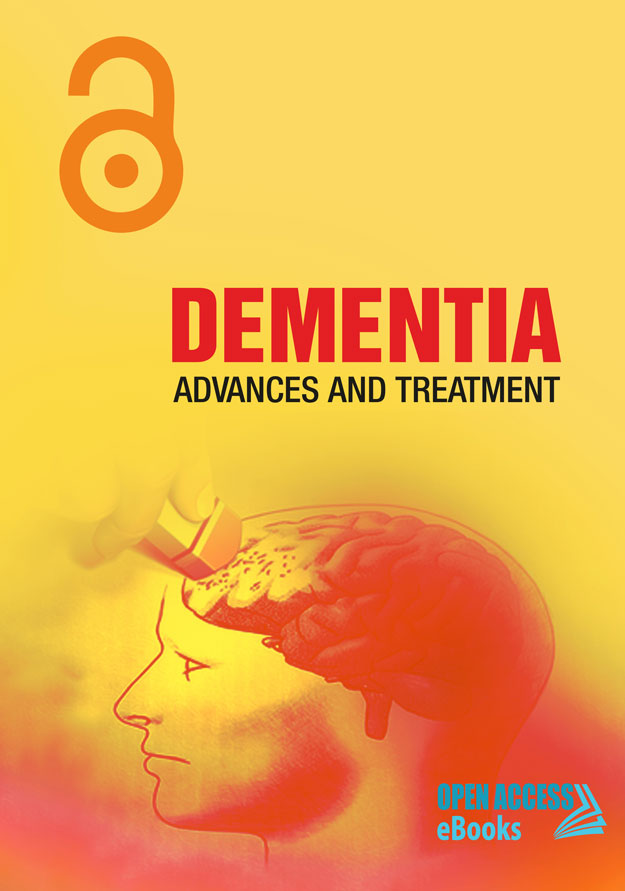
Benefits of publishing with us:
Universal Access: eBooks published in Open Access eBooks gain international visibility. No region barriers and content is accessed by everyone across the world from our website. We also deposit published eBooks in different databases.
Freely Available: Open Access eBooks follows the principles of Open Access and the content is available to the readers without any cost. Readers can read, share, and store the published eBooks/book chapters.
Copyright with Authors: As an eBook publisher, we serve researchers in publishing their valuable work after the stringent review process. However, copyright lies with authors. We follow the CC-BY-NC-ND license
(https://creativecommons.org/licenses/by-nc-nd/3.0/).
Different Formats: We provide eBooks in PDF and HTML formats. Both formats are user friendly and can act as per the user requirements. We put our efforts to provide other formats in future.
For more information, contact info@openaccessebooks.com
Published Chapters:
The Role of Procalcitonine in Septic Patients
Author(s) : Edmond Puca*; Entela Puca; Sonila Tivari Bitri; Emiljana Huti; Nereida Xhabija
Sepsis is a life threatening disease causing millions of deaths worldwide every year [1-7]. It is caused by the systemic immune response after a severe infection, more often from bacteria, but also from fungi, viruses and parasites [3,8]. The definition of sepsis which includes SIRS + proofs or suspicions of an infection, can be very wide and includes a lot of patients that does not have to develop sepsis [2,6,9]. During sepsis, the microorganisms invade to the bloodstream, and directly proliferate locally and release various virulent factors into the bloodstream [3,10,11]. In the diagnostic process of identifying an infection, one of the most important steps is the analysis of laboratory biomarkers of infection. The biomarkers, such as, white blood cell count (WBC), erythrocyte sedimentation rate (ESR), reactive C-protein (CRP) and procalcitonin (PCT) can be used to help in the diagnosis, therapeutic monitoring and the risk classification. However, these blood parameters are not sensible or specific in the differentiation of an inflammation caused by a bacterial infection, from that caused as a response to a surgical damage. WBC, CRP and interleukin-1 (IL-1) are conventional markers used for the diagnosis of sepsis.
Current Dilemmas in Diagnosing Sepsis
Author(s) : Derek Braun
The concept of systemic inflammatory response syndrome (SIRS) was first adopted in 1991 by the American College of Chest Physicians and the Society of Critical Care Medicine to aid in the early detection of sepsis. The pathophysiology surrounding SIRS was described as the poor regulation of inflammatory mediators, which led to tissue injury, followed by multiple organ dysfunction if not corrected. The incidence of sepsis in 1991 was approximately 200/100,000 population.
Apoptotic, Anti-apoptotic and Immune System Crosstalk in Sepsis
Author(s): Marianna Miliaraki MD, MSc; Panagiotis Briassoulis MD, PhD; Stavroula Ilia MD, PhD; George Briassoulis MD, PhD*
Sepsis is a dysregulated host response to infection related to devastating outcomes. Despite advances, sepsis care remains a crucial challenge for the scientific community. Activated apoptotic pathways have been suggested to participate in the immunosuppressive processes in the course of sepsis, affecting multiple immune cell types. The apoptotic response during the septic process is primarily characterized by a dramatic upregulation of caspases, which are cysteine proteases, linked to cell death.


